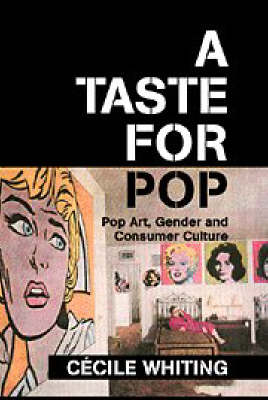Cambridge Studies in American Visual Culture
1 total work
When Pop Art paintings depicted Campbell soup cans or comic-book scenes of teen romance, did they stoop to the level of their mundane sources, or did they instead transform the detritus of consumer culture into high art? In this study, Cécile Whiting declares this issue fundamentally irresolvable and instead takes the question itself, along with the varied answers it has generated, as the object of her analysis. Whiting presents case studies that focus on works by four artists - Tom Wesselmann, Roy Lichtenstein, Andy Warhol, and Marisol Escobar - who are closely associated with the Pop Art movement. Throughout her engaging analyses, Whiting unravels the gendered overtones of their cultural manoeuvrings, noting how the connotations of masculinity as attached to the seriousness of high art, and the presumed frivolity and caprice of a feminine world of consumption repositioned cultural frontiers and reformulated the relation between sexes.
